
Among the greatest privateer racing teams, Luigi Chinetti’s North American Racing Team was a staple of motorsport – both in America and Europe – for over 30 years. But for all the recognition and success, the operation was far from plain sailing…
Thrown out of the Italian Air Force for enlisting under age, Luigi Chinetti joined Alfa Romeo as a mechanic, before rising through the ranks to the competition department. It was the impressionable teenager’s first taste of motorsport. Tired of fascist Italy, Chinetti moved to France in 1925 where he began driving for Alfa – a move that would result in two Le Mans victories for the marque. After avoiding conscription in the late 1930s, he set sail for America in 1940 to contest the Indianapolis 500 with a French racing team. Little did he then know that he wouldn’t be returning to war-torn Europe.
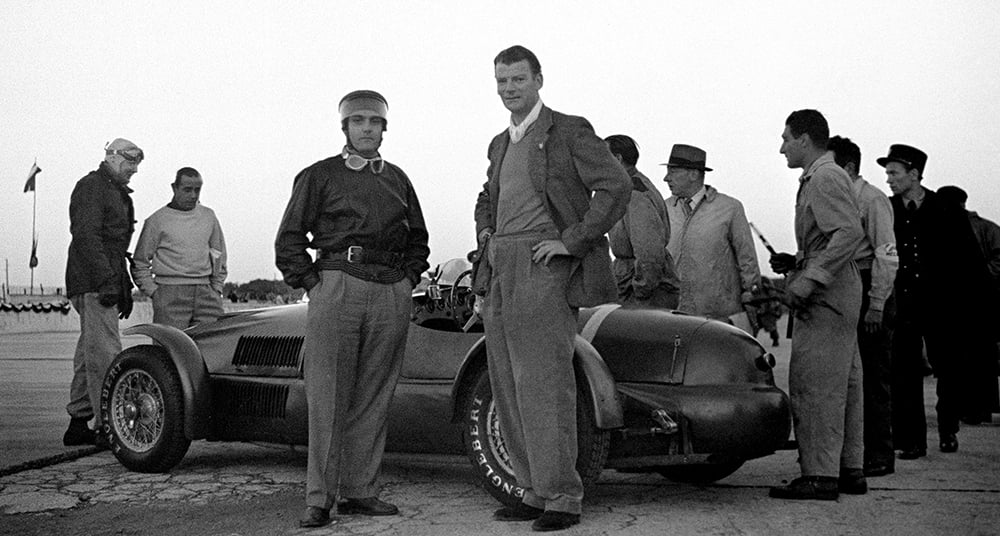
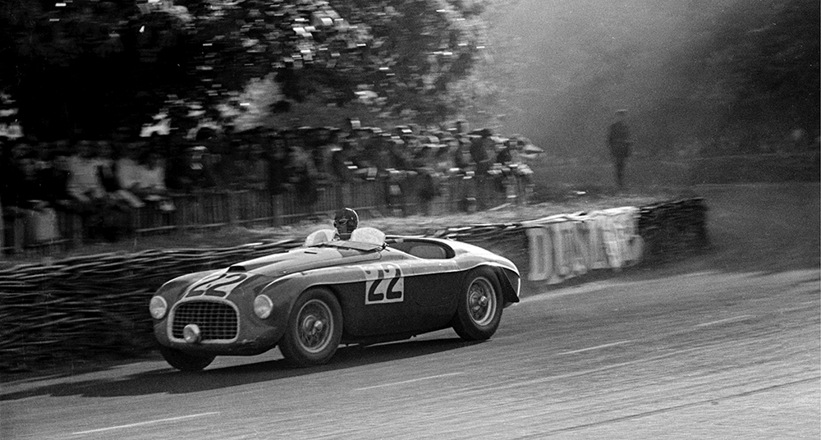
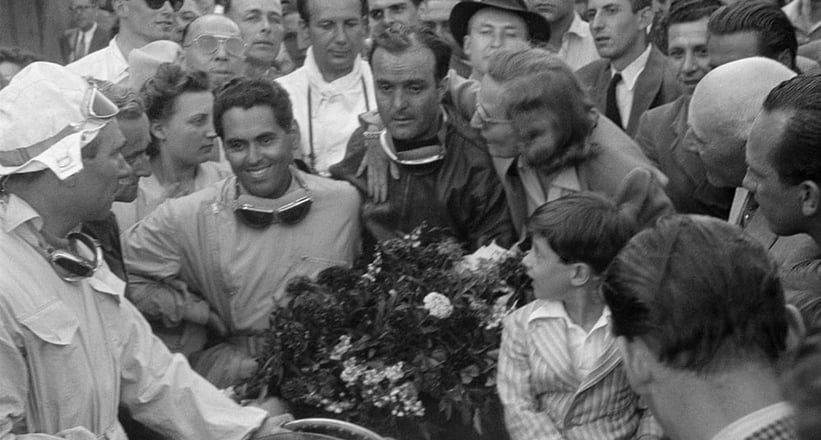
Fast-forward to Christmas Eve 1946 and a visit Chinetti paid Enzo Ferrari, whom he’d befriended during his spell with Alfa. Discussing their respective futures, Ferrari told him of his plans to start building sports cars, a move that Chinetti thought potentially fruitful given his affluent friends in America. This was to be the start of Luigi Chinetti Motors Inc. and, ultimately, the North American Racing Team.
In addition to becoming the official North American Ferrari importer, Chinetti began providing Ferraris to individuals for racing purposes, along with his competition/mechanical expertise and influence with the American racing authorities, in order to secure entries to the best (and most profitable) events. He was able to race many of the cars he provided, and his subsequent success as a driver was extensive, including wins at the Le Mans and Spa 24-hour races for Ferrari. He hung up his overalls in 1954.
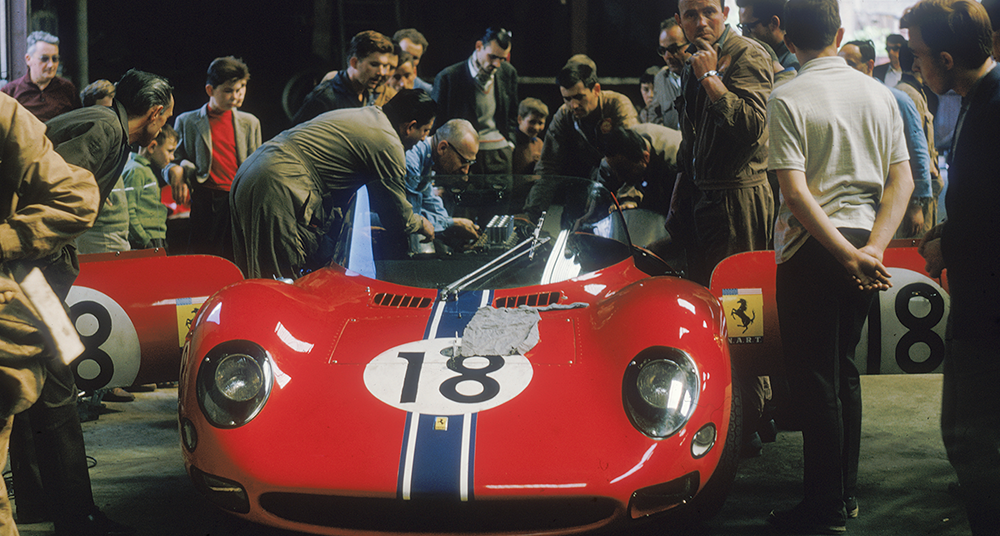
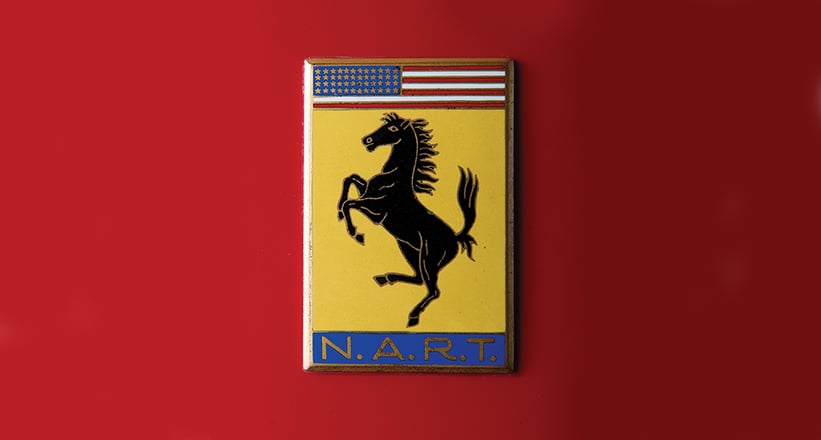
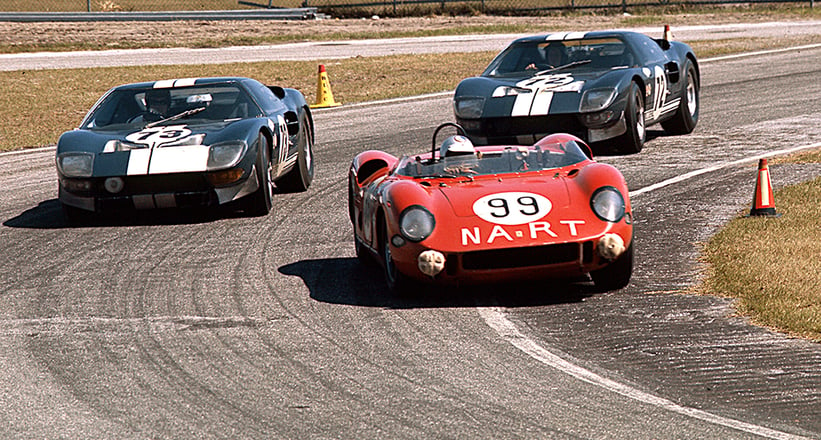
It’s unclear exactly when N.A.R.T. – denoted by a crest featuring the Cavallino Rampante below the Stars and Stripes – was officially formed, though it was most likely after Chinetti received backing from wealthy gentleman drivers George Arents and Jan de Vroom in 1958. Regardless, Chinetti’s credibility and relationship with Ferrari secured him a reliable flow of competitive ex-Works racing cars, which enticed both famous drivers and indulgent wealthy amateurs alike. Plus, exposure and success on the track was effective advertising, and made selling cars in the week a whole lot easier.
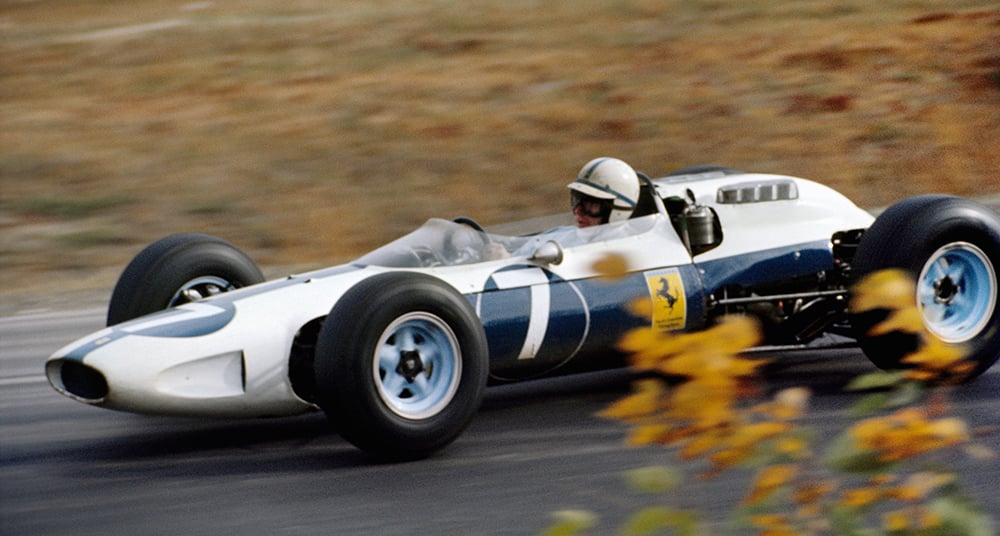
For over three decades, N.A.R.T. tenaciously took on the factory teams at high-profile races across the world, working with just a small group of volunteers and Chinetti Motors employees. On a tight budget, and often in the face of financial adversity, the successes were perhaps overshadowed by lacklustre results and internal politics.
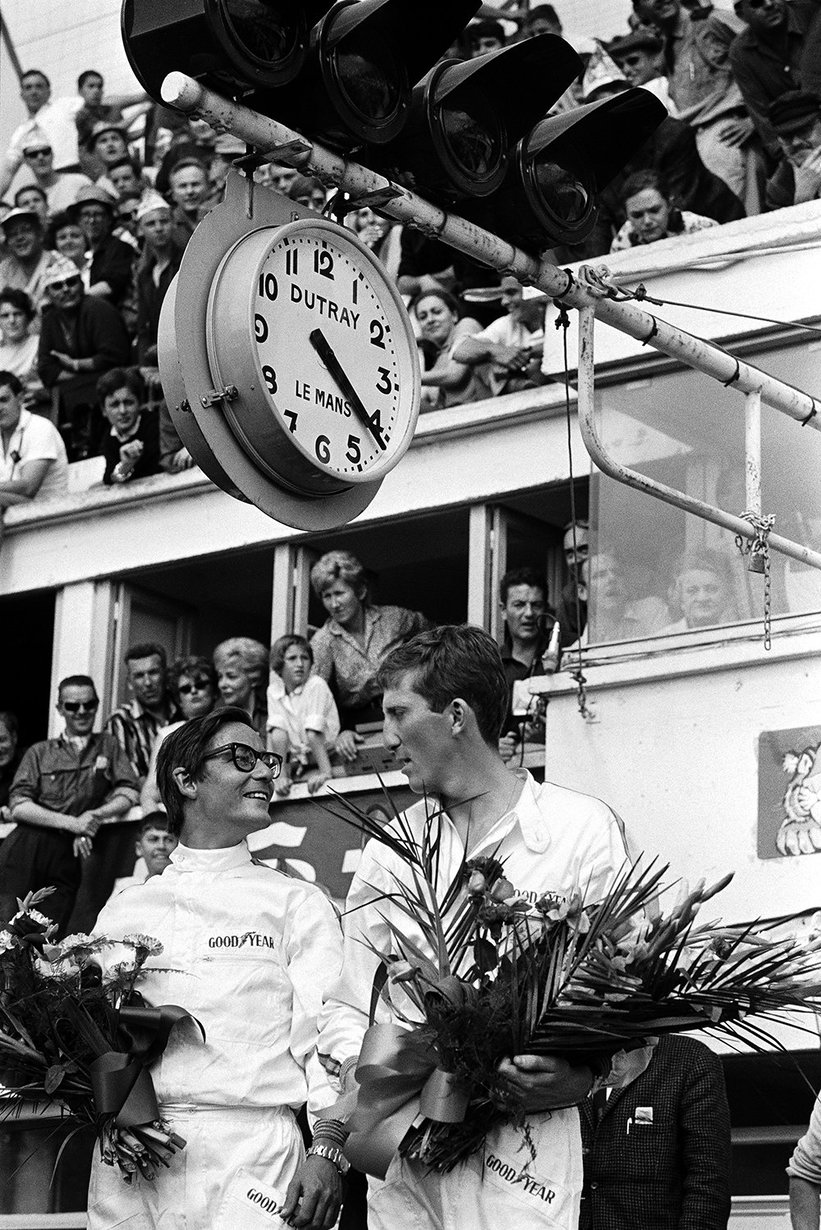
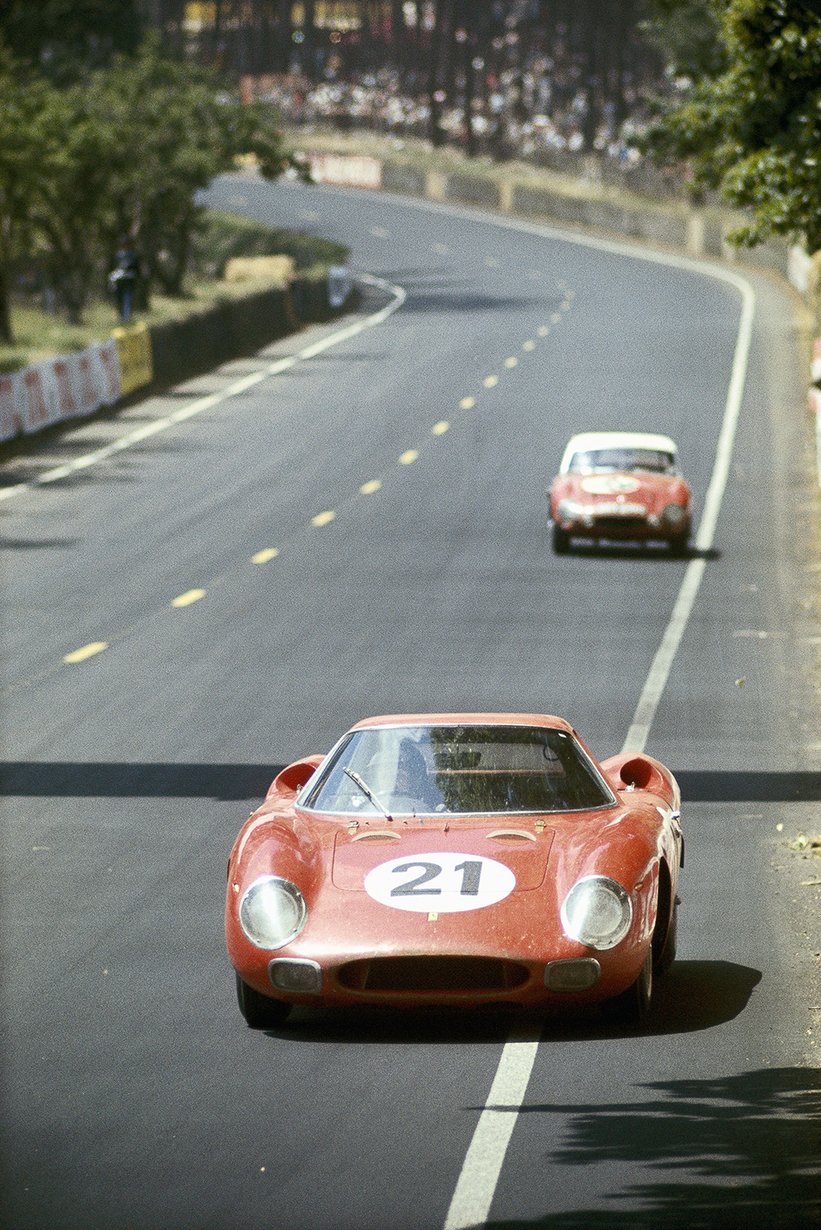
Highlights were plentiful, but undoubtedly the greatest achievement was the brilliant yet totally unexpected win at Le Mans in 1965. This was a troubled time for the team, during which a shot in the arm was much needed, both for funds and morale. But even that wasn’t without its controversy, with a third driver Ed Hugus allegedly having briefly shared the driving duties with Jochen Rindt and Masten Gregory – something for which he was never officially authorised, or credited afterwards. Several years later, it's rumoured that one of the team’s cars was submitted for scrutineering with a nine-year-old child hidden on board, in order to reach the desired weight level. The N.A.R.T. camp was often a fun place to be, dominated by Chinetti's strong will...
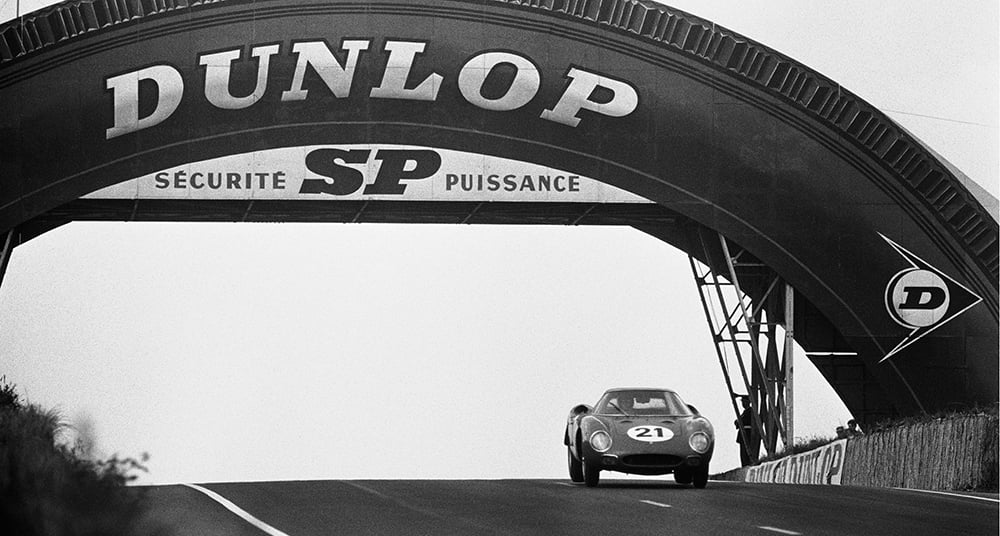
Another near-farcical moment occurred at Le Mans in 1975, when Chinetti furiously battled with the ACO over the legality of his Ferrari 308 GT4, threatening to withdraw all N.A.R.T.’s cars should the decision be upheld. The officials called his bluff, and a visibly stressed Chinetti was forced to concede defeat. Call it passion or arrogance, the rules were the rules.
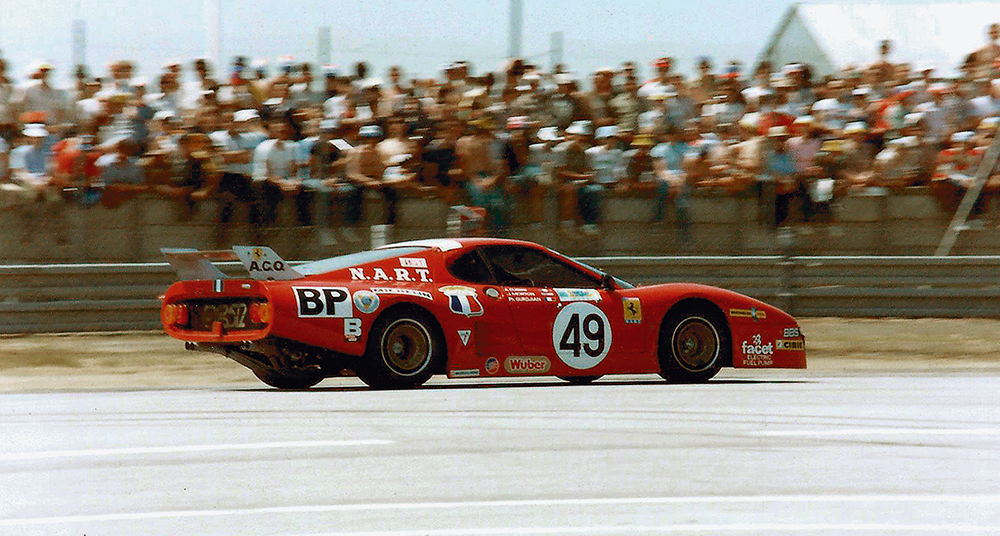
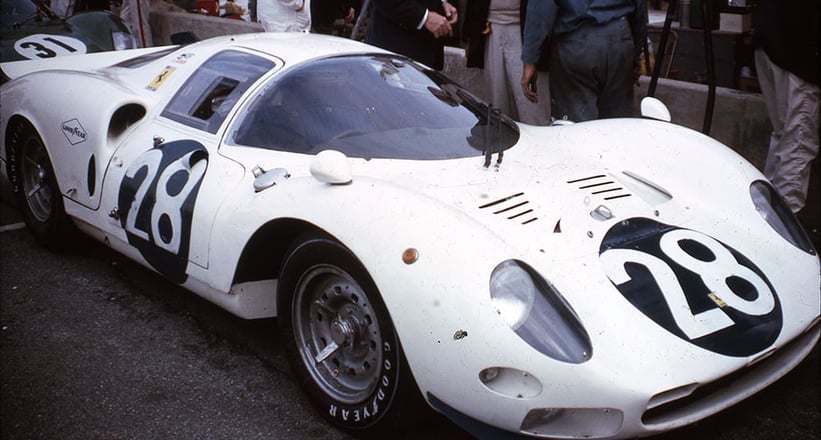
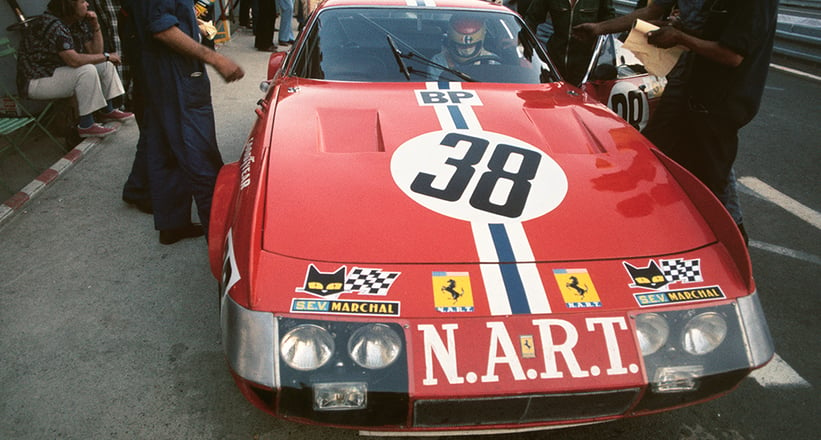
Think of N.A.R.T., and the swollen 512 BBLM silhouette racers probably spring to mind. But in the team’s heyday, there were few racing Ferraris that the team wasn’t granted access to. GTOs, P4s, 512s, Daytonas – you name it, they raced it. When Enzo famously fell out with the Italian racing authorities over the homologation (or lack of) of his 250 LM sports car, N.A.R.T. even ran Ferrari’s Grand Prix machines – complete with white and blue liveries – for him in protest. Driving said car, John Surtees clinched the 1964 World Championship, an achievement for which Chinetti could claim a small but instrumental role.
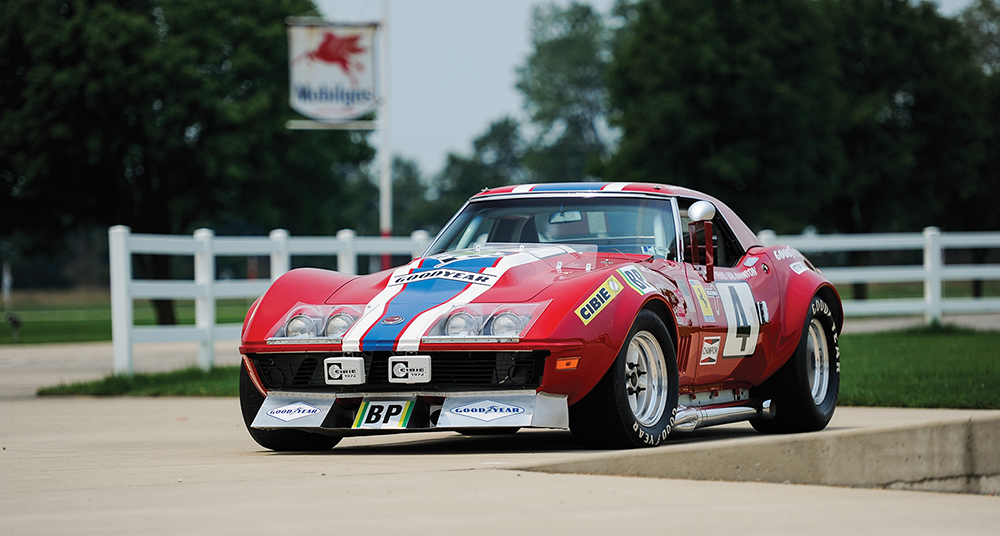
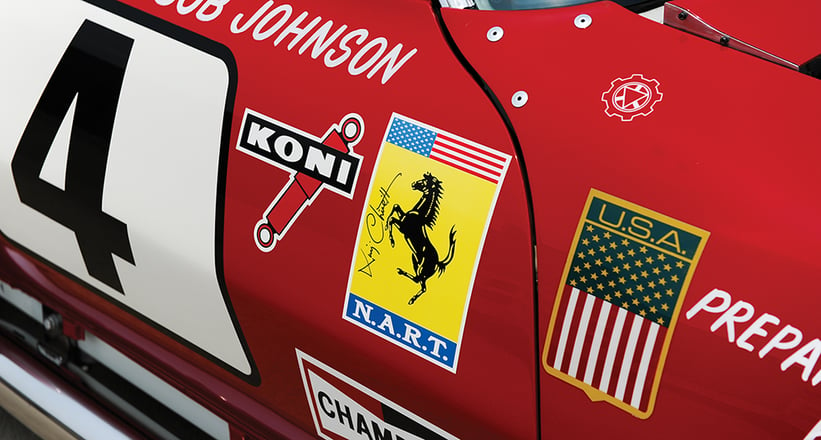
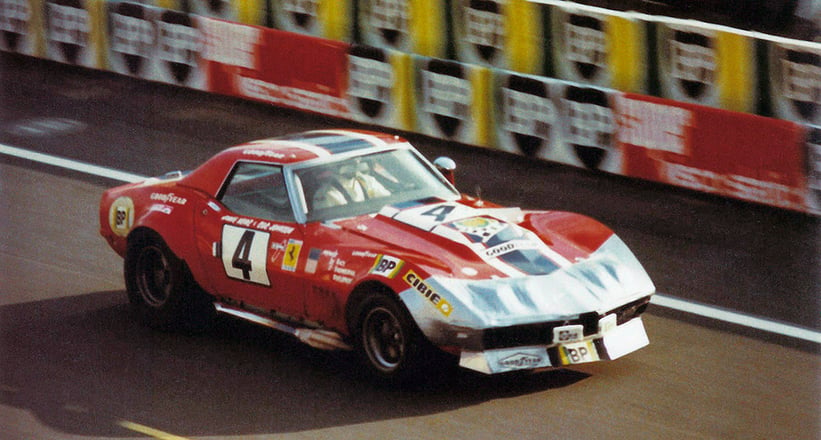
But N.A.R.T. didn’t only use Ferraris. In the early 1960s, the team diversified its efforts by competing in a number of different classes, necessitating different types of cars. A gleaming red racing car, such as an ASA GT or Sunbeam Alpine (other exotic wares from Chinetti’s business) proudly wearing the hallowed Prancing Horse is an odd sight to behold. The most interesting example was probably the Chevrolet Corvette. Sourced from an insurance auction and entered at Le Mans in 1972 on behalf of a fellow American racing outfit, ‘Old Scrappy’ (as it was affectionately known) finished a remarkable 15th overall.
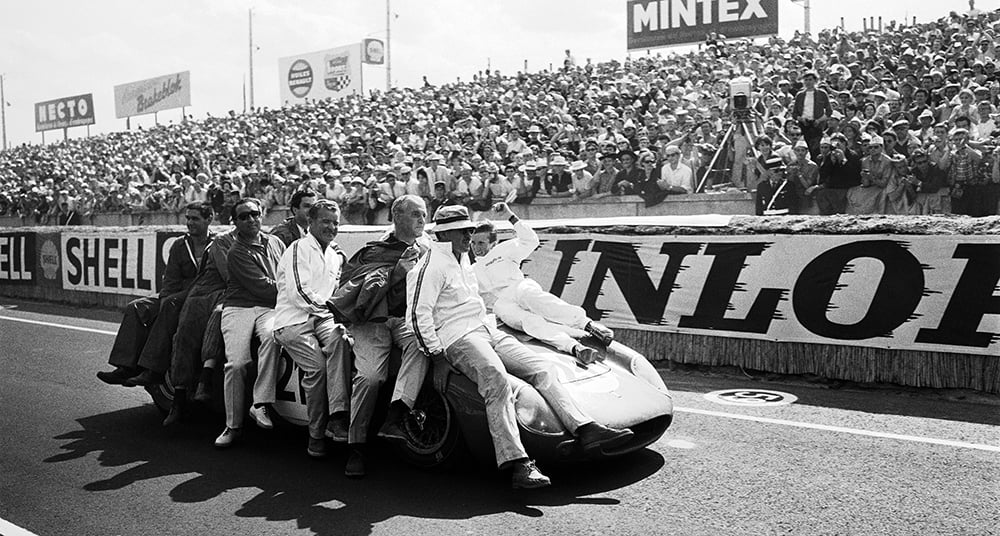
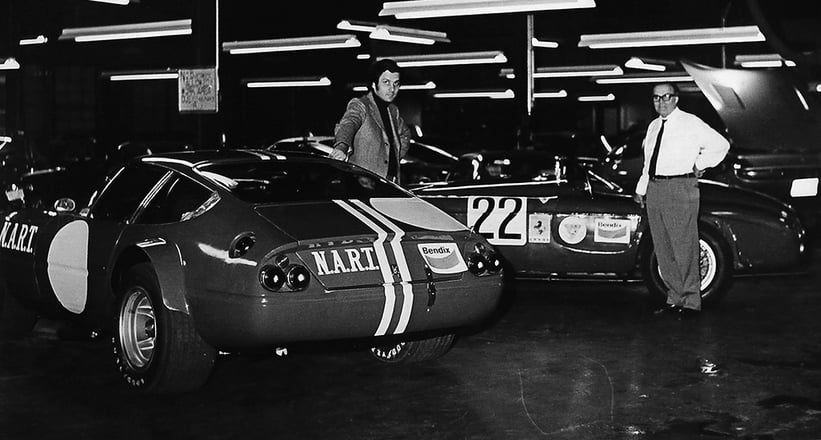
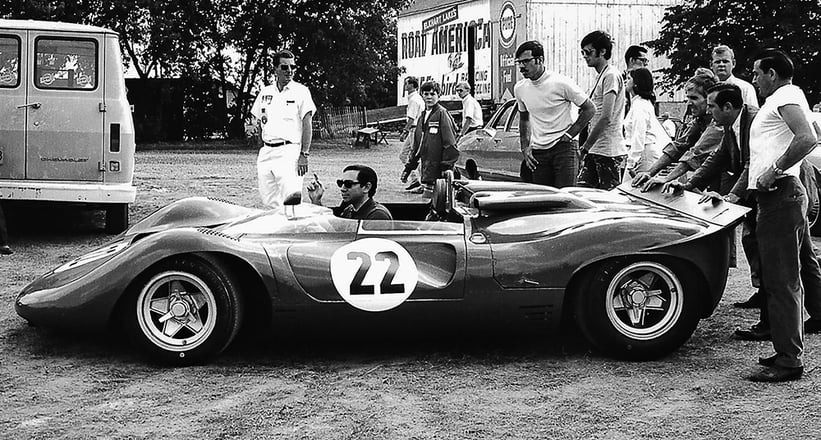
If the roster of cars with which N.A.R.T. competed was impressive, it paled in comparison to the roll call of over 100 drivers enlisted to drive them. With fingers in both the amateur and professional racing pies in America, Chinetti was able to trial up-and-coming talent, while also fielding the finest drivers from across the world. Stirling Moss, Mario Andretti, Phil Hill, the Rodríguez brothers, Graham Hill, Jean-Pierre Jarier… the list is vast, and demonstrates the influence Chinetti could wield, for myriad reasons.
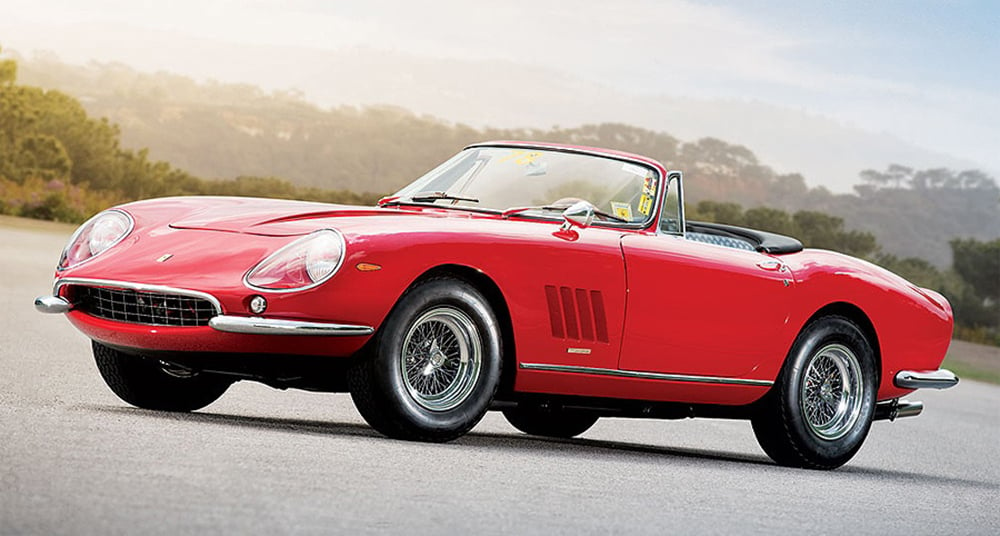
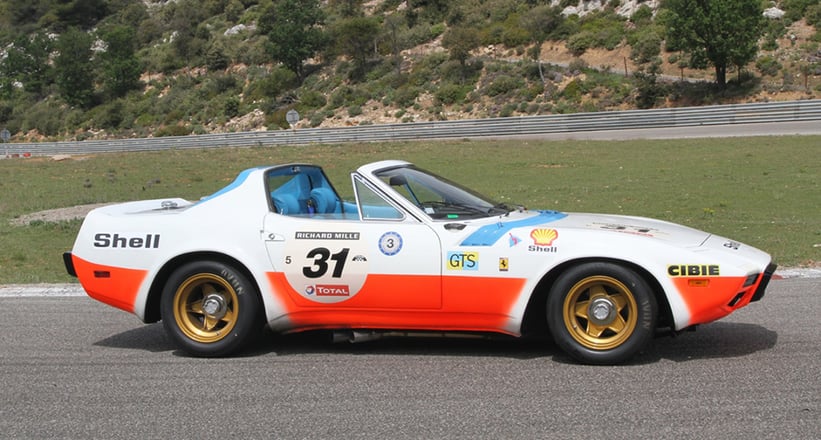
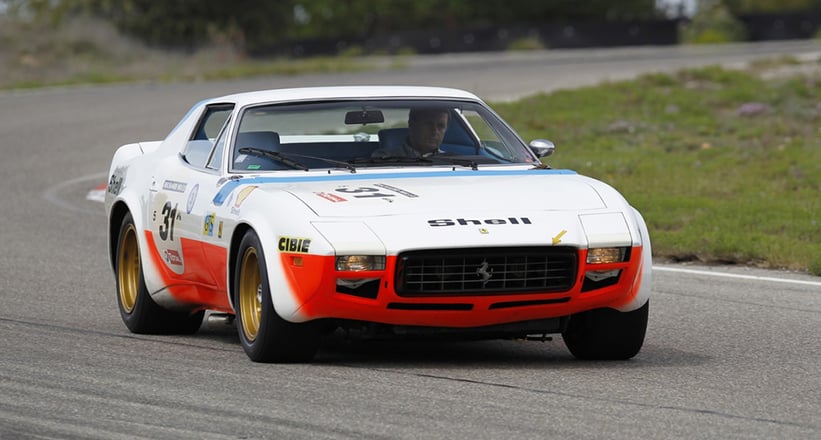
N.A.R.T.’s demise came in 1983 when, after participating less and less, the racing stopped altogether. Luigi Chinetti might have been notoriously difficult to work for and seemingly set in his ways, but it’s his passion for life (and racing), tenacity and ability to wield influence with the right characters – be it marques, customers, racing drivers or authorities – that the Italian-American racing entrepreneur will be remembered for.
Who else could have persuaded Ferrari to develop and build 10 convertible 275 GTB/4s? Retrospectively he had the right idea, as RM Sotheby’s sold a ‘NART Spyder’ in 2013 for a record-breaking 27.5m US dollars. There were a great many other custom cars commissioned by Chinetti and his son ‘Coco’, as well, such as the striking Michelotti-bodied Daytona Spider Competizione. What’s more, his desire to find new talent means many owe their successes to him. North America is the most important market to Ferrari today. Would the same be true if Chinetti hadn’t visited Enzo Ferrari that Christmas Eve?
Photos: Veloce Publishing, LAT Photographic, Rex Features, Getty, Bonhams, RM Sotheby's, Keno Brothers
The information in this story was largely obtained from the new book, ‘N.A.R.T – A concise history of the North American Racing Team’, authored by Terry O’Neil and published by Veloce Publishing. You can find more information about the book or buy your own copy here.
